Syn.: Astragalus aboriginum Richardson, Astragalus linearis (Rydb.) A. E. Porsild, Atelophragma aboriginorum (Richardson) Rydb., Colutea australis (L.) Lam., Phaca australis L.
Family: Fabaceae Lindl.
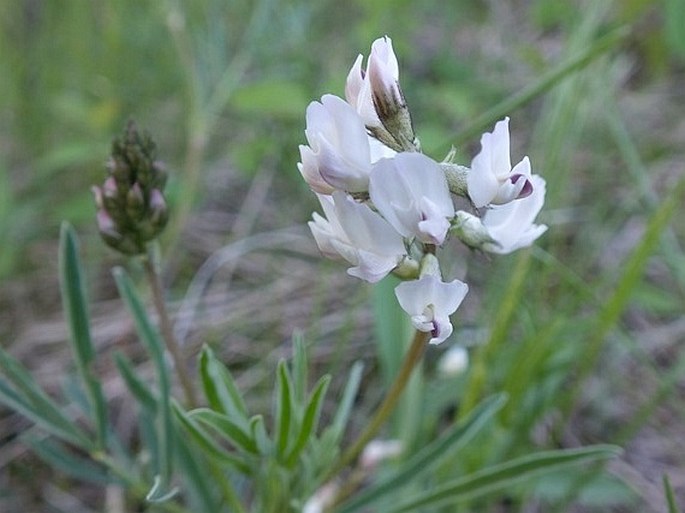
Distribution: Circumpolar species found in North America but also in Europe and northwest Asia. In North America occurs from Alaska through most of Canada with exception of extreme east and in US from state of Washington to Dakotas and towards south to Colorado and Nevada.
It is a variable species with a number of subspecies, for example A. a. subsp. gerardii (Western Alps), A. a. subsp. krajinae (Eastern Carpathians).
Ecology: Prairies and mountain meadows and rocky slopes in elevations from 800 to 3120 m. Blooms in June and July.
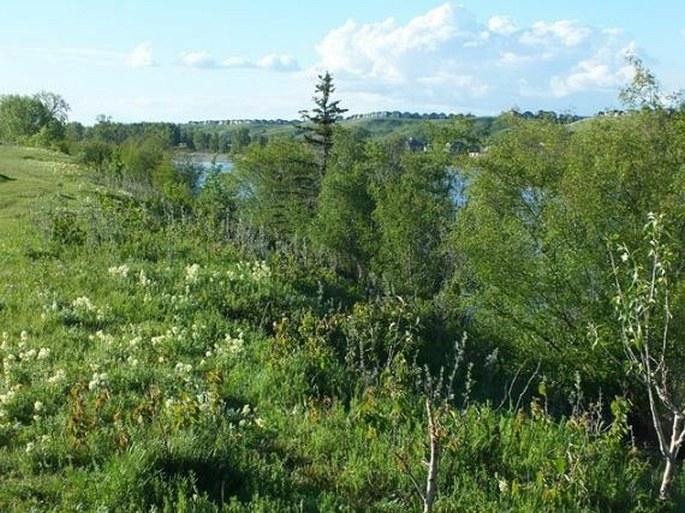
Description: Perennial herb with stems 10–40 cm tall, soft-haired from woody, yellow rootstock. Leaves alternate, pinnately compound, 7–15 leaflets, linear or narrowly lanceolate, 1–3 cm long, 3–6 mm wide, often hairy on both surfaces. Inflorescence is a narrow raceme, elongating towards maturity to about 15 cm. Flowers white or yellowish white, 6–10 mm long, keel purplish, shorter than wings which are notched (identifying characteristics); calyx covered with black hairs. Fruit is a legume, 15–25 cm long, flat, hairless, long-stalked.
Threat and protection: It is a protected species in Slovakia.
Note: Plain tribes used the yellow roots of this plant as a vegetable, hence the original Richardson’s specific name aboriginorum. Discovered in North America by John Richardson during the ill-fated First Arctic Expedition lead by Sir John Franklin in 1819–1822.
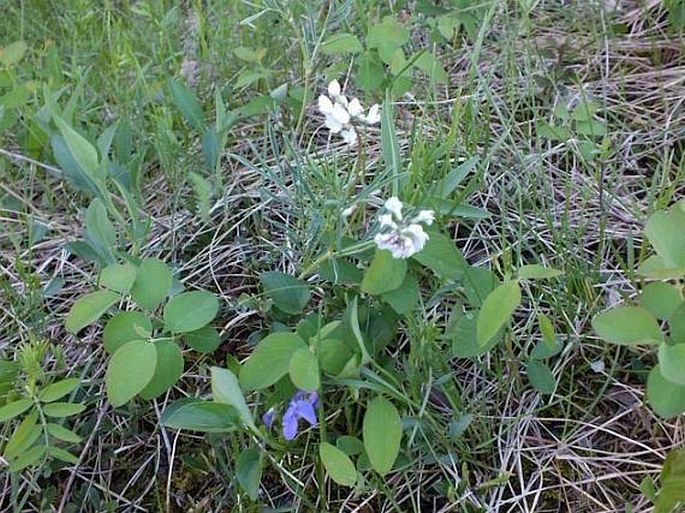
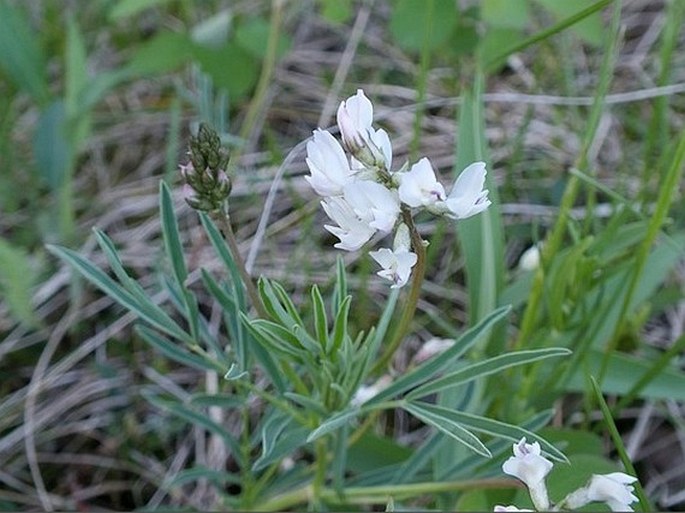
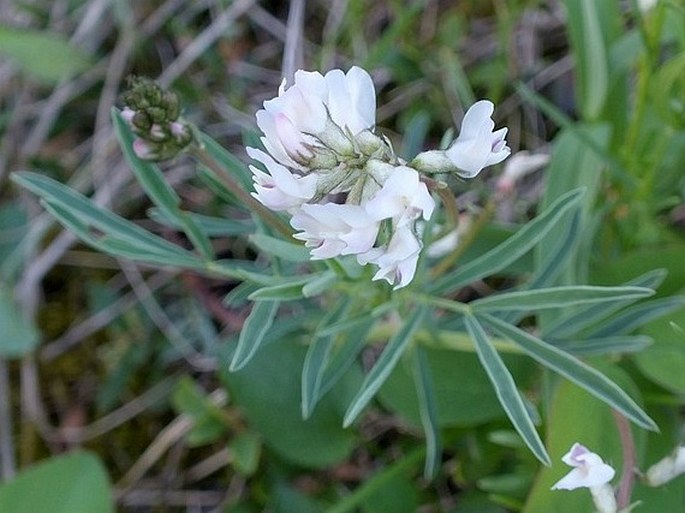
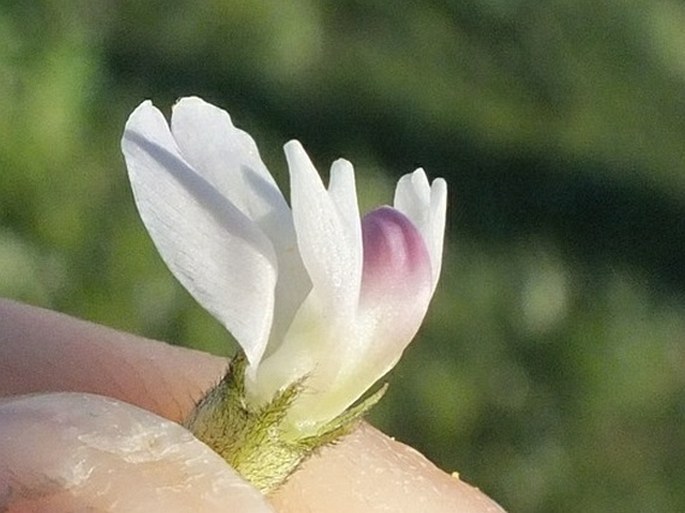
These images were taken in Canada, Alberta, Calgary, Chaparral area, banks of Bow River (June 2014).


